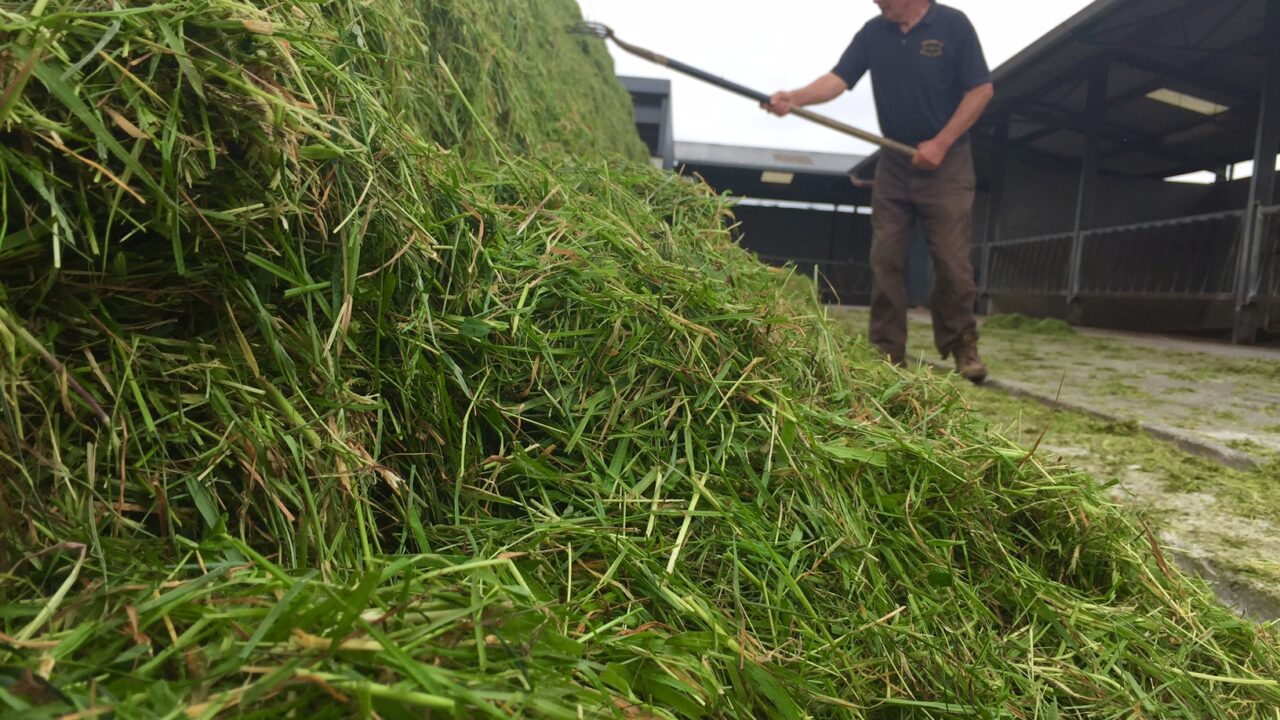Grass and grass silage are valuable feeds, but poor nutrient management is hampering its production, according to John Bailey of AFBI (Agri-Food and Bioscience Institute).
According to AFBI’s Project Leader, grass is a valuable farm resource as it can produce 16t of dry matter per hectare.
Speaking at Teagasc’s Soil Fertility Conference, in Clonmel recently, Bailey said the majority of farms are not achieving this level due to poor nutrient management, which curtails grass production.
“On many farms less than half of this production is being achieved largely because of poor nutrient management,” he said.
Bailey added that the majority of farms, and in particular dairy farms in Northern Ireland, have uneven distribution of both Phosphorous (P) and Potassium (K).
“This has arisen because of applying manures to fields closest to farmyards and a general lack of soil testing.”
Furthermore, he added, that fields which are further away from the farmyard tend to have lower P and K levels.
“In contrast, fields and land parcels at greater distances from farmyards often have sub-optimal soil P and K levels, and can be low-yielding owing to P and K deficiencies.”
Preventing Sulphur Deficiency
In recent years, the amount of sulphur (S) being extracted from the environment has reduced, this means that soil S reserves are becoming insufficient to support grass production and efficiency is becoming a problem.
According to Bailey, Northern Irish farms with sands, shallow soils and sandy loams with low organic matter levels are generally most prone to S deficiency.
However, he added, that this is now occurring in all land types.
“S deficient swards are now occurring on all soil types including heavy textured clays and clay loams.”
He added that, previously, that there was a tendency to have sulphur deficiencies in both second and third crop grass silage in Northern Ireland.
But recent research shows that first crops can now also be deficient in this nutrient.
The only way to resolve this deficiency, he said, was through the use of fertiliser applications in the spring and by applying 10kg/ac in the spring.
